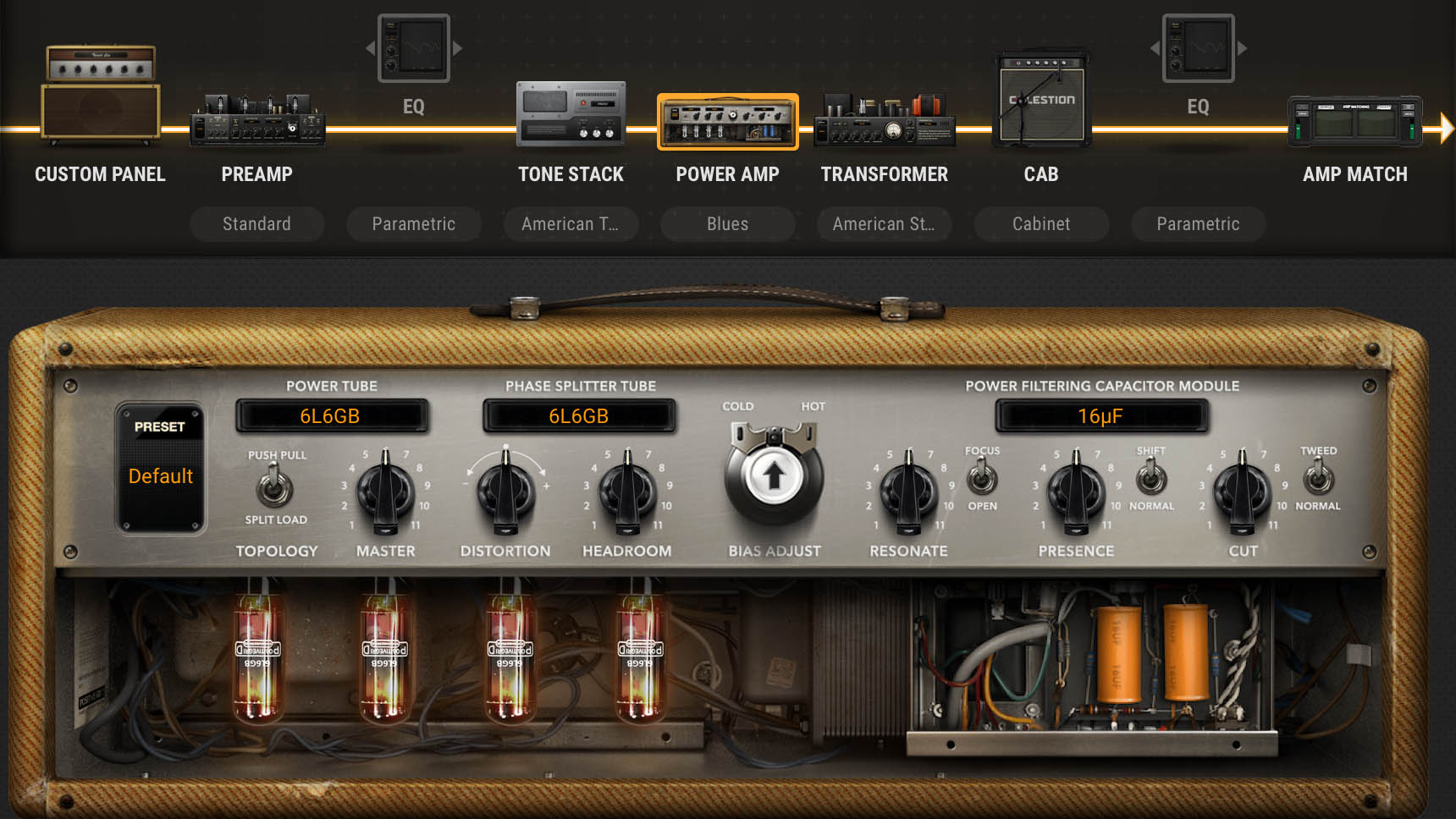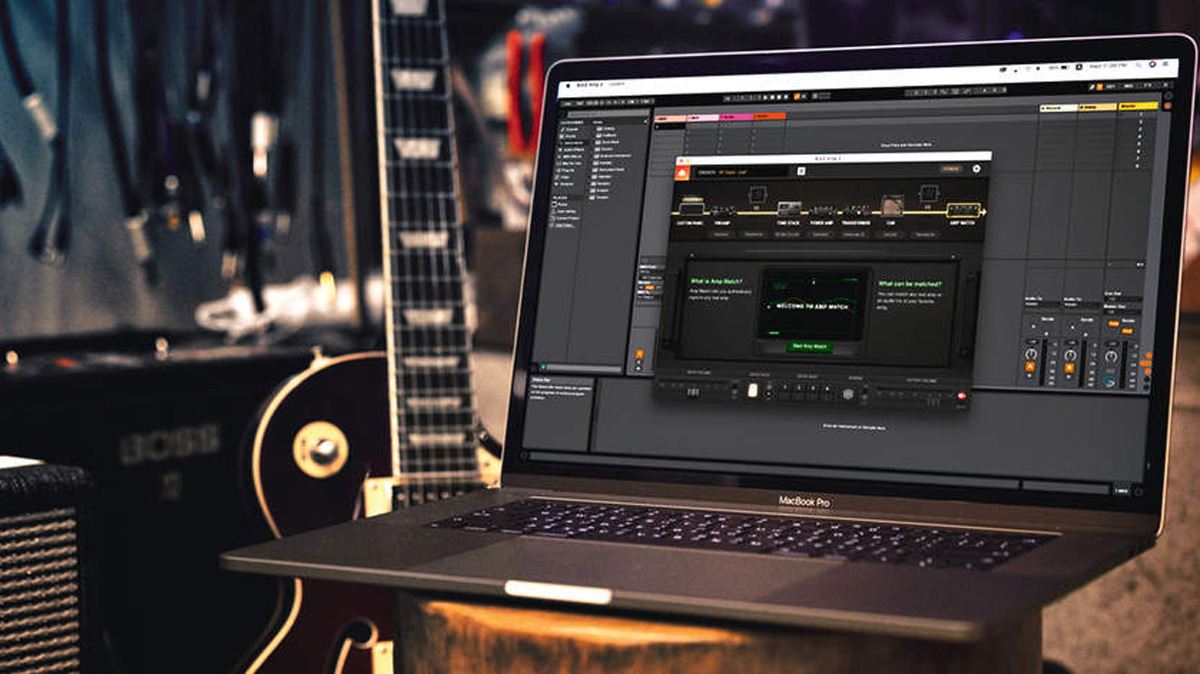MusicRadar Verdict
Positive Grid has raised the amp plugin game with this fully featured, tone-filled update.
Pros
- +
More responsive amp tones.
- +
Seriously deep editing.
- +
Neat IR options.
- +
Celestion IRs sound great.
Cons
- -
You'll need to stump up for the $299 Elite edition to get the full experience
MusicRadar's got your back
The original Positive Grid BIAS Amp probably did more than any other plugin to bring modern amp modelling to the masses.
Whereas other modellers tend to stick closely to emulating real amps, BIAS Amp is more concerned with opening up sounds as a stepping-off point for further tweaking. Choose an amp, and you can then modify everything from the preamp and power amp tubes to the biasing and EQ shelf frequencies, before playing around with cabs and mics. Plus, by loading custom IRs and using the Amp Match feature, this tonal palette can be extended even further.

For BIAS Amp 2 (which starts at $99), PG has overhauled the core engine, while the $299 Elite edition (reviewed here) includes custom impulse responses from speaker legends Celestion. The ability to use two mics is another welcome addition over the original BIAS; being able to independently place and mix the mics allows for intuitive and fine-grained control over the final tone.
In an A/B test between versions using two Marshalls set up to the same bright JCM-style clean tone, there appear to be more artefacts and a slightly different harmonic response here, hinting at the more random character of a real amp. Either way, with a distortion box in front, the BIAS amp breaks up as we’d expect.
BIAS Amp 2 is a solid improvement over its predecessor, with stronger, more responsive amp tones
To test a more metallic tone, we went for a tight, Mesa-style saturation via the Treadplate model. From there, delving into 5150-inspired tones with some hot-biased 12AX7s and 6L6s worked well with both a six-string in drop C, and a seven in drop A, once we’d changed the low EQ shelf.
To finish, we added the Celestion Vintage 30 4x12 closed-back cab and promptly came up with about 10 riffs right off the bat. Once dialled in, the heavy tones of BIAS 2 really are a different beast from the original. That said, especially for metal, compression and either pre- or post-EQ might be needed to tame the amp models, and in Logic we added a noise gate to the chain as well as a Tube Screamer to give the amp an additional kick at the front-end. With cleaner amps, there’s a richer timbre, too; they feel more responsive and lively.
Overall BIAS Amp 2 is a solid improvement over its predecessor, with stronger, more responsive amp tones, especially on the higher-gain models, and a beefed up, but still familiar UI.
With new additions - mic and tube options, for example – the additional expressiveness is marked, while those that stump for the stunning Celestion IRs will find themselves with a piece of kit able to go toe-to-toe with much more expensive hardware.
Alex Lynham is a gear obsessive who's been collecting and building modern and vintage equipment since he got his first Saturday job. Besides reviewing countless pedals for Total Guitar, he's written guides on how to build your first pedal, how to build a tube amp from a kit, and briefly went viral when he released a glitch delay pedal, the Atom Smasher.
“I actually specifically remember making a deal with myself": Billie Eilish reveals what she had to do in order to become “looser and jazzier” with her vocal delivery
“These guitars travel around the world and they need to be road ready”: Jackson gives Misha Mansoor’s Juggernaut a new lick of paint, an ebony fingerboard and upgrades to stainless steel frets in signature model refresh
“I’m surprised and saddened anyone would have an issue with my performance that night”: Zak Starkey explains why he got fired from The Who











